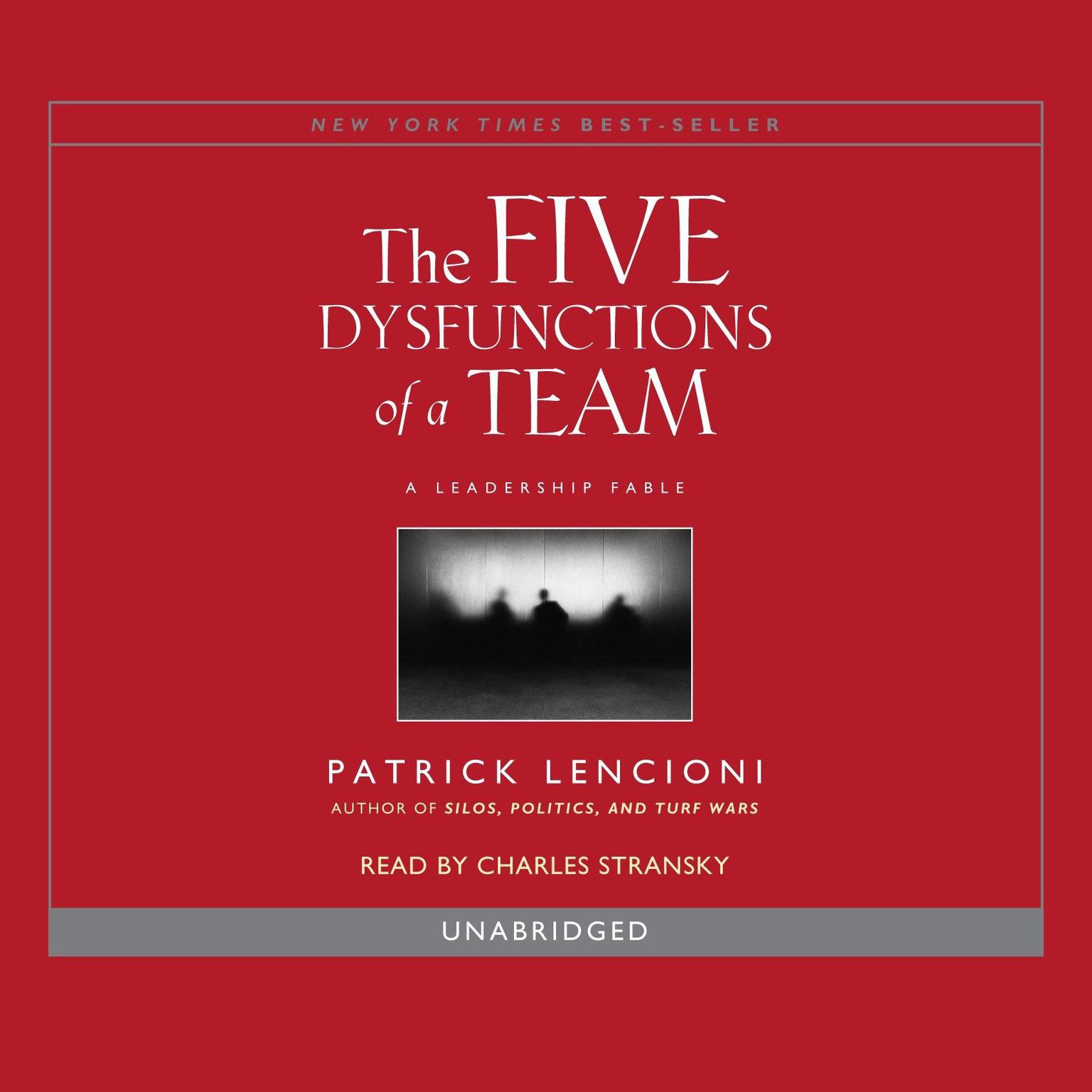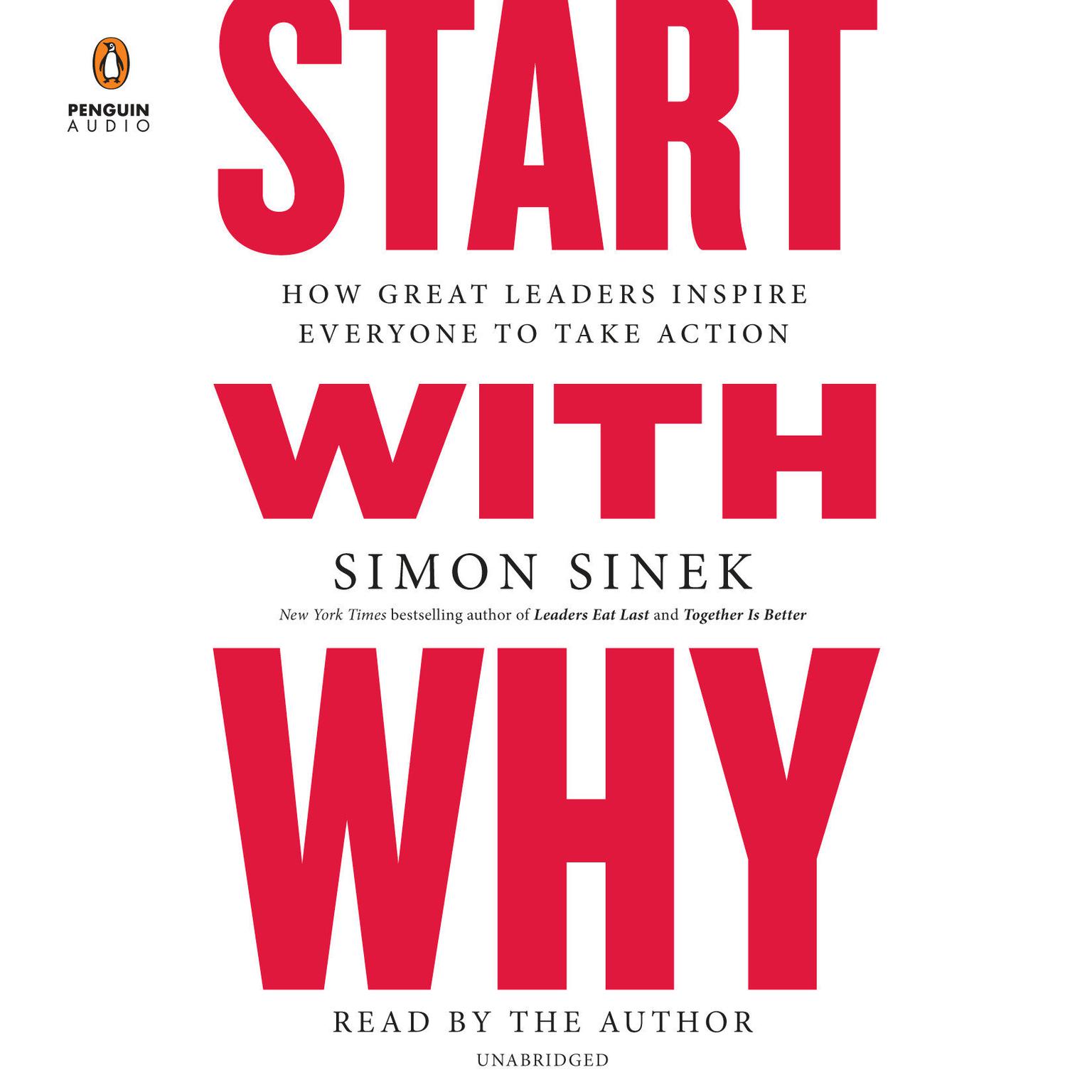Publisher Description
A good idea not shared or understood by others is a shame. A brilliant idea not shared and understood is a tragedy. Public speaking is so much more than the courage to stand in front of a group and talk. For a presentation to be powerful, it must have the right amount of content, organized in a memorable way for both speaker and audience, delivered with power, warmth, and charisma, and it must be spoken in the language of the audience.
How much content is enough? How much is too much? Most public speakers work so hard to give great value to their audiences that they inadvertently make a huge mistake; they include far too much information in far too little time. Time is never a speaker’s friend. Going overtime in a presentation is an egregious error and rude to the nth degree.
How well is your presentation organized? If you must rely on notes, cue cards, or even worse, slides, to keep you on track, the problem is not one of memory; the problem lies in the organization. Excellent speakers use systems and strategies so that the presentation is simple for them to remember and impossible for their audiences to forget. Through good organization, speakers are able to build anticipation, excitement, and engagement; so simple, but not easy.
Speakers are not generally trained actors, but they do need to know their way around a performance space. Don’t like that word, “performance”? Get over it, because each time a speaker stands to deliver a message they are absolutely, un-categorically, giving a performance. As such, knowledge of stagecraft is as vital as is the message. Which part of the space is the strongest? The weakest? How can a speaker use that information to assist the audience in understanding the message? What are the best ways to enter and exit? A general understanding of how to use presentation spaces properly is extraordinarily valuable to every great speaker.
Download and start listening now!










